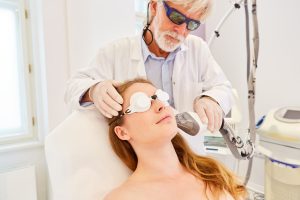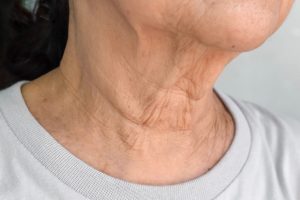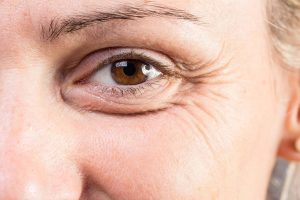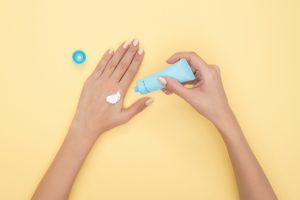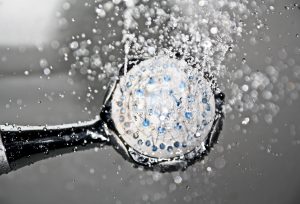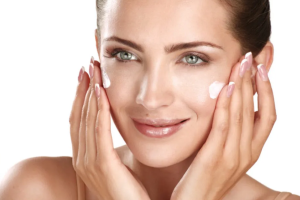Malar Rash Explained: The Butterfly Rash
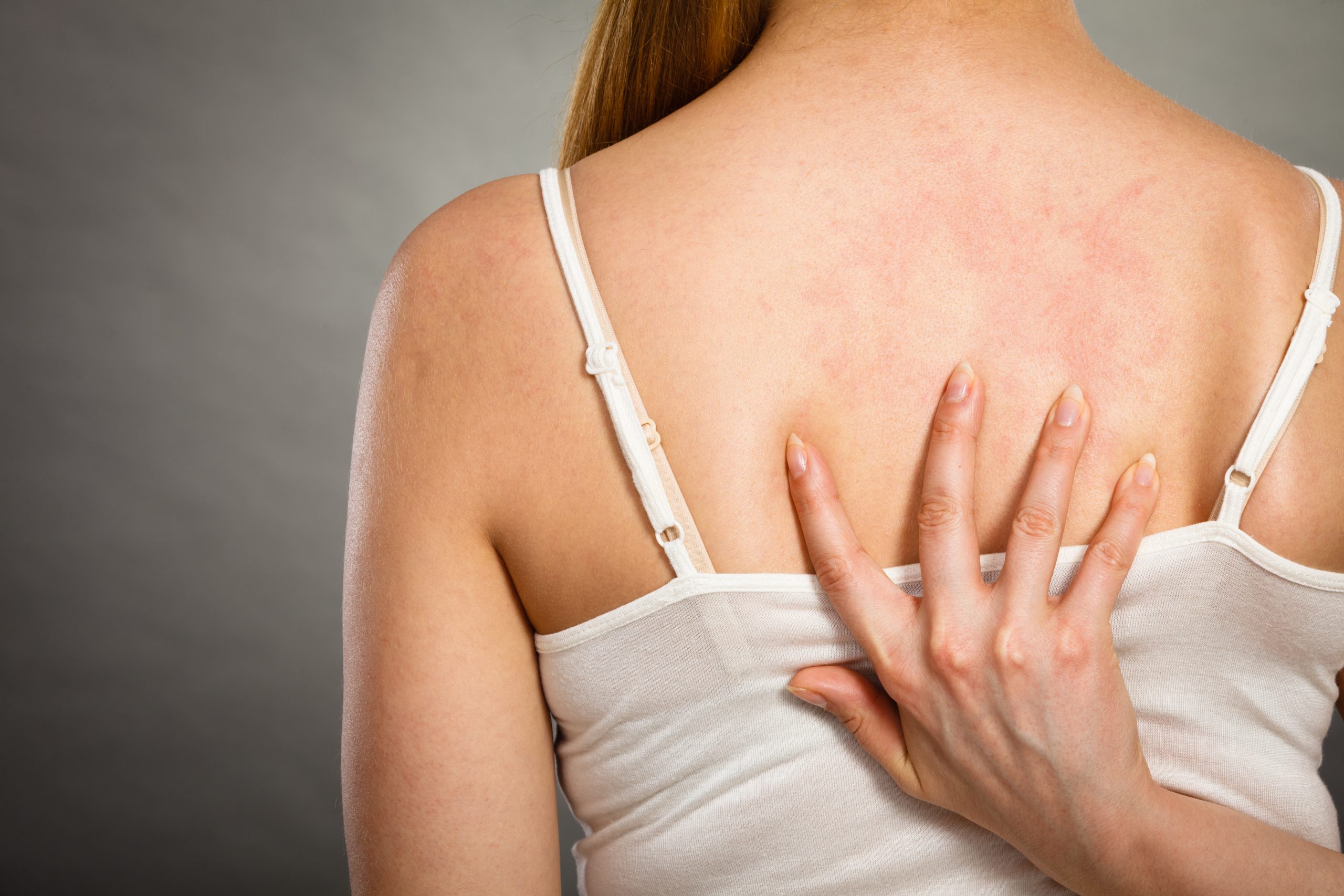
The skin is a complex organ. Because it is so large—22 square feet per person, on average—there is so much room for things to go wrong. The skin’s size can also make it difficult to identify issues and seek proper treatment.
While only a healthcare professional can make a medical diagnosis, Miami MD is here to arm you with information that can help guide you on your wellness journey.
For instance, have you heard of a malar rash? Being able to identify a malar rash if it appears means you’ll be able to seek quicker care and take control over your health.
The “Butterfly” Rash — It’s Not As Pretty As It Sounds
If we asked you to describe a butterfly rash, what would you picture? Butterflies are beautiful, colorful creatures, so you would expect their namesake to look similar… Right?
Unfortunately, a “butterfly rash” isn’t nearly as pretty or fun.
The malar rash, also known as the butterfly rash, gets its name from the shape it makes on your facial skin. It spreads out from the nose bridge onto both cheeks, avoiding the smile lines (nasolabial folds).
Malar rashes tend to range from light pink to red or purple in severe cases. It can also vary from blotchy to more solid, and it usually lies flat against the skin’s surface. However, it can be raised in some situations. If you were to touch the rash with your fingers, it feels slightly rough and scratchy.
Like most rashes, malar rashes are itchy or even painful.
What Health Conditions Are Associated With A Malar Rash?
Malar rashes don’t exist in a vacuum, and they aren’t a health condition on their own. Instead, malar rashes are a symptom of other health issues. The malar rash is most closely associated with lupus. However, it can also appear alongside rosacea, certain bacterial infections, and genetic disorders. In rare cases, sun exposure can also trigger malar rashes.
Because lupus is the most common trigger for malar rash, we’ve included a brief overview below.
Lupus
Although most people are familiar with the word lupus, they may not know what the condition is. You may also hear lupus referred to as SLE, or systemic lupus erythematosus.
Lupus is a chronic autoimmune condition. Autoimmune diseases occur when your immune system mistakes healthy tissue for a foreign pathogen and attacks.
If you have lupus, those attacks from the immune system lead to irritation in the organs, joints, and skin. The malar rash happens in 30 – 60% of people diagnosed with lupus, and it is a visible symptom echoing the invisible immune responses happening inside the body. There is no cure for lupus, but there is treatment to help manage the symptoms.
Although malar rashes may be unsightly, they can be helpful. Lupus can be difficult to diagnose, and visible symptoms like malar rashes can help your doctor connect the dots.
Ways To Manage Malar Rashes
If you have a malar rash, your first step should be to contact your doctor. Medical professionals are the only ones who can officially diagnose the underlying condition—like lupus—and they’ll have the best advice for treatment, including prescription medications and topical creams.
At-home remedies for malar rashes manage symptoms by addressing the underlying cause. That’s why it can be so challenging to get them under control and why medical care is so important, especially if you’d like to attempt over-the-counter treatment.
There are a few tips to keep in mind, though.
Never Forget Your Sunscreen
Although it isn’t a treatment, protecting your skin from UV radiation can help to reduce the appearance of a malar rash.
Limit your sun exposure as much as possible when you’re experiencing a flare-up. Depending on where you live, most direct sunlight happens between 10 am and 4 pm. UV radiation is usually the strongest in the spring and summer, but it can still trigger rashes in the fall and winter.
If you have to be out in the sun, wearing SPF is vital. Not only can sunscreen protect you from the UV rays that may worsen a malar rash, but it can also help reduce the appearance of sunspots down the line.
The American Academy of Dermatology Association recommends a water-resistant sunscreen with no less than 30 SPF and broad-spectrum protection from UVA and UVB rays.
Monitor Your Diet
Inflammation from underlying conditions triggers most malar rashes. Dietary changes can help soothe your body from the inside out. Avoiding irritating foods is essential.
Here are a few of the foods to stay away from while you have an active rash:
- -Red meat (beef, lamb, bison, pork)
- -Dairy products (cheese, yogurt, milk)
- -Fried foods
- -Processed and refined sugars (“ready to eat” foods)
- -Hydrogenated and saturated fats
- -Foods high in sugar
- -Artificial sweetener
- -Refined carbohydrates (white bread, pasta)
On the other hand, there are “calming” foods that may help ease flare-ups:
- -Tomatoes
- -Fruits (strawberries, oranges, blueberries, cherries)
- -Nuts (almonds, walnuts)
- -Olive oil
- -Leafy greens (kale, spinach, collards)
- -Fatty fish (salmon, tuna, mackerel, sardines)
Even if you don’t deal with rashes or inflammation, eating a well-balanced diet and drinking plenty of water is always a good idea.
Reduce Your Stress Level
Our body and mind are directly tied to each other. This connection is never more apparent than through the body’s reaction to emotional stress.
When we go through periods of stress, our body responds by switching to fight or flight mode. The fight or flight response works the same way, whether you are running away from a bear or experiencing financial issues.
Fight or flight floods the body with hormones it needs to react, specifically adrenaline and cortisol. Unfortunately, the body doesn’t ration these hormones based on how stressed you are or the type of stress you’re experiencing.
The effects of these hormones are most evident on the skin. It’s not only our largest organ but also one of the few that we can see externally. Stress can trigger an immune reaction, which can easily trigger skin conditions.
Reducing your stress level can be a crucial management tool. While you may not have control over your stressors, you can reframe your mindset. Developing a meditation practice can help you exist more mindfully in the present moment instead of stressing over the future.
Use Gentle Skincare Products
While you have an active malar rash, it’s best to use gentle skincare products. Harsh chemicals, exfoliants, and peels may only worsen the issue.
A soothing skincare routine will clean your face without irritating it further. Look for unscented products labeled for sensitive skin.
What’s The Outlook For Malar Rashes?
Because a malar rash isn’t its own condition, mitigation relies on diagnosing and treating its underlying cause.
That said, malar rashes may be unsightly and itchy, but they aren’t dangerous. Avoid scratching so that you don’t break the skin and increase the likelihood of developing a secondary infection.
In Conclusion
Aside from aesthetics, a malar rash isn’t an issue on its own. However, this rash is always a symptom of another underlying condition. That condition may need to be diagnosed and treated by a medical professional.
Learning how to reduce the severity of the rash and minimizing stress puts the power back in your hands. Remember, every part of our body is connected, including the mind. Miami MD is here to provide you with all the information you need to treat your body holistically.
Sources:
How Do I Protect Myself from Ultraviolet (UV) Rays? | American Cancer Society (cancer.org)



